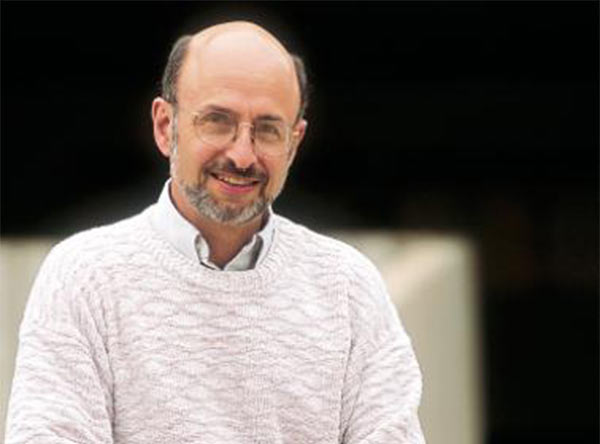Faculty
FLORIDA STATE / PEOPLE / EMERITUS FACULTY
Dr. Sanford A. Safron, Professor

Professional Preparation/Appointments
Ph.D. (1969) Harvard University
Contact Information
| safron@chem.fsu.edu | ||
| Office | 517 DLC | 850.644.5239 |
| Lab | 326 DLC | 850.644.4776 |
Programs of research
Physical
Research Interest
HELIUM ATOM SCATTERING, STRUCTURE, AND DYNAMICS OF CRYSTALLINE MATERIALS
Surfaces are unique chemical and physical environments and as such they are of interest for both fundamental and technological reasons. Atoms at a surface often relax (i.e., shift in or out of the plane) or reconstruct (i.e., realign within the plane) as a result of their modified coordination. This, in turn, can lead to significant changes in the properties of surfaces, as compared with those of the bulk material. In addition, a wide range of phenomena can also take place at surfaces, including chemi- and physisorption, diffusion, epitaxial growth, specific chemical reactions, phase changes, and surface melting.
However, surfaces present formidable challenges to the investigator. X-ray and neutron scattering techniques generally penetrate the material so that one is “seeing” more than just the surface. Further, well-developed surface science techniques which scatter electrons and ions from surfaces run into severe charging and penetration problems with nonconducting materials such as organic films. Similar difficulties are encountered by researchers relying on scanning tunneling microscopy (STM). While atomic force microscopy (AFM) does offer relief from the charging problems, it is not likely to be useful for dynamics measurements. Light scattering experiments which make use of the newest and most sophisticated methods are effective for studying adsorbate molecules, but they have only limited applicability for probing the structure of the surface itself. An approach that works equally well with all types of crystalline material surfaces is high-resolution helium atom scattering (HAS). What makes HAS so particularly useful is that the low-energy helium atoms, being electrically neutral and chemically inert, interact nondestructively with the surface layer and are unable to penetrate it. Our group has been using the HAS technique together with complementary AFM studies to explore the structure and dynamics of crystalline materials (currently transition metal oxides) and the growth of ultrathin films (<10 monolayers) of various materials (currently polyphenylenes) on a variety of substrates (alkali halides, semiconductors, and oxides). We are interested in a wide range of surface phenomena, but especially in the mechanics of growth and surface phase transitions.
